Introduction
In the vast realm of culinary arts, there exists a dish that, while perhaps not as ubiquitous as others, holds a special place in the hearts of food enthusiasts—stewed pork tripe. This humble yet rich cut of meat, often overlooked by many, is a treasure trove of flavors and textures when prepared correctly. Fresh pork tripe, when stewed to perfection, can transform into a tender, savory delight that is both comforting and indulgent. This article aims to be your comprehensive guide to mastering the art of stewing fresh pork tripe, ensuring that every bite is a journey through layers of taste and texture.
Understanding Pork Tripe: A Brief Primer
Before diving into the intricacies of stewing pork tripe, it’s essential to understand what we’re dealing with. Pork tripe, derived from the stomach of a pig, is a versatile ingredient that can be cooked in various ways, from stir-fries to soups and, of course, stews. It’s rich in protein and, when cooked properly, offers a unique mouthfeel that combines chewiness with a soft, yielding texture.
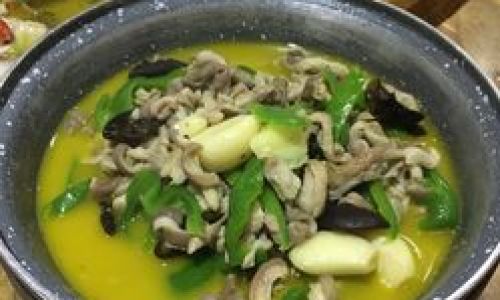
Fresh pork tripe is key to achieving a successful stew. Look for tripe that is firm, with a clean, slightly rubbery texture and no unpleasant odors. The color should be a pale white to light beige, with no signs of discoloration or sliminess. Proper cleaning and preparation are crucial steps that cannot be overlooked, as they set the foundation for a flavorful and tender final dish.
Cleaning and Preparing Fresh Pork Tripe
-
Initial Rinse: Begin by rinsing the fresh pork tripe under cold running water. This helps to remove any surface impurities and blood.
-
Soaking: Place the rinsed tripe in a large bowl or pot filled with cold water. Add a tablespoon of vinegar or lemon juice to help neutralize any remaining odors. Allow the tripe to soak for at least 30 minutes, preferably an hour, changing the water once or twice if it becomes discolored.
-
Scraping: After soaking, remove the tripe and lay it flat on a clean surface. Use a sharp knife or a vegetable peeler to scrape off any remaining fat, membranes, or tough outer layers. This step is crucial for ensuring a smooth texture in the final stew.
-
Blanching: Bring a large pot of water to a rolling boil. Add the cleaned tripe and blanch it for about 5 minutes. This further removes impurities and tightens the fibers, making the tripe more resilient during the stewing process. Drain and rinse the tripe under cold water once done.
-
Cutting: Once the tripe is fully prepared, cut it into bite-sized pieces. The size of the pieces can vary according to preference, but smaller cuts tend to stew more evenly and quickly.

Seasoning and Aromatics: The Secret to Flavor
The beauty of stewing lies in the slow cooking process, which allows flavors to meld and develop over time. Fresh pork tripe, being relatively bland on its own, thrives on a robust blend of seasonings and aromatics. Here are some essential ingredients to consider:
-
Onions and Garlic: These aromatic vegetables form the backbone of most stews. Finely chopped onions and minced garlic sautéed in oil or butter create a flavorful base for the stew.
-
Ginger and Scallions: These Asian ingredients add a refreshing, slightly spicy note that complements the richness of the pork tripe.
-
Tomatoes or Tomato Paste: Tomatoes provide acidity and natural sweetness, helping to balance the flavors and create a rich, velvety broth.
-
Spices: A blend of spices such as cumin, coriander, paprika, and black pepper can elevate the stew to new heights. For a more traditional Chinese flavor, consider adding star anise, cinnamon, and cloves.
-
Liquid Seasonings: Soy sauce, fish sauce, or Worcestershire sauce can add depth and complexity to the stew. Use them sparingly to avoid overpowering the natural flavors of the tripe.
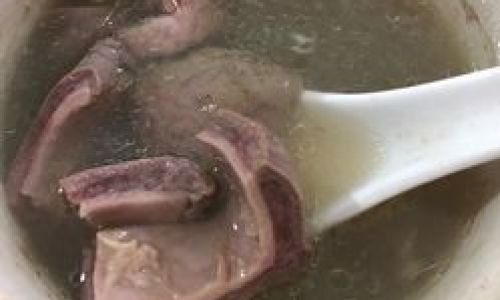
-
Herbs: Fresh herbs like parsley, cilantro, or thyme can be added towards the end of the cooking process to brighten up the dish.
The Stewing Process: Patience and Precision
Now that we’ve covered the basics of preparation and seasoning, let’s dive into the stewing process itself. The key to a successful pork tripe stew lies in patience, precision, and an understanding of the cooking times needed to achieve the desired texture and flavor.
-
Sautéing the Aromatics: Start by heating a large, heavy-bottomed pot or Dutch oven over medium heat. Add a tablespoon or two of oil or butter, and once hot, add the chopped onions, garlic, ginger, and any other aromatic vegetables you’re using. Sauté until the onions are translucent and the garlic is fragrant, about 5-7 minutes.
-
Adding the Tripe: Push the sautéed aromatics to the side of the pot and add the prepared pork tripe pieces. Sear them on all sides until they develop a nice golden-brown crust. This not only adds flavor but also helps to lock in juices during the stewing process.
-
Deglazing: Once the tripe is browned, pour in a splash of white wine, beer, or chicken/vegetable broth. Stir vigorously to scrape up any browned bits stuck to the bottom of the pot, as these contain valuable flavor.
-
Adding the Broth and Seasonings: Pour in enough broth or water to fully submerge the tripe. Add the tomatoes or tomato paste, spices, and liquid seasonings. Stir well to combine.
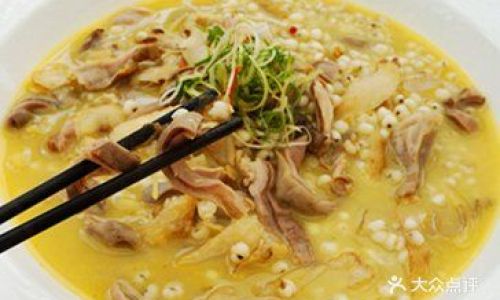
-
Simmering: Bring the mixture to a gentle boil, then reduce the heat to low. Cover the pot and allow the stew to simmer slowly. The cooking time for pork tripe can vary depending on the thickness and cut, but it generally ranges from 1.5 to 3 hours. The slower the cooking process, the more tender and flavorful the tripe will be.
-
Tasting and Adjusting: Periodically check the stew, stirring occasionally to prevent sticking. Taste the broth and adjust the seasoning as needed, adding more salt, pepper, or spices to taste.
-
Final Touches: Once the tripe is tender and the broth has thickened to your liking, add the fresh herbs and let the stew simmer for another 5-10 minutes. This allows the herbs to wilt and their flavors to infuse into the stew.
Serving and Enjoying Your Pork Tripe Stew
Serving a well-stewed pork tripe dish is an art form in itself. Here are a few tips to ensure your creation is presented and enjoyed to its fullest potential:
-
Garnishing: Finish the stew with a sprinkle of freshly chopped herbs, a squeeze of lemon juice, or a drizzle of chili oil for an extra kick.
-
Accompaniments: Serve the stew over a bed of cooked rice, noodles, or mashed potatoes to soak up the delicious broth. Steamed vegetables or a simple green salad on the side provide a refreshing contrast to the rich flavors of the stew.
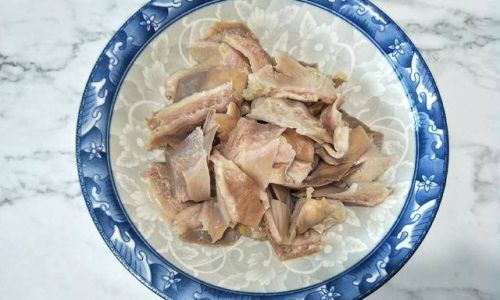
-
Presentation: For a more elegant presentation, ladle the stew into individual bowls and garnish each one individually. A drizzle of extra virgin olive oil or a sprinkle of toasted sesame seeds can add a touch of sophistication.
Conclusion
Stewing fresh pork tripe is a culinary endeavor that rewards patience, attention to detail, and a love for rich, hearty flavors. By following the steps outlined in this guide—from meticulous preparation and seasoning to the slow, gentle simmering process—you can transform this often-overlooked ingredient into a dish that is both a feast for the senses and a testament to your culinary prowess. Remember, the key to success lies in the quality of the ingredients, the balance of flavors, and the time taken to allow everything to meld together into a harmonious whole. Happy stewing!



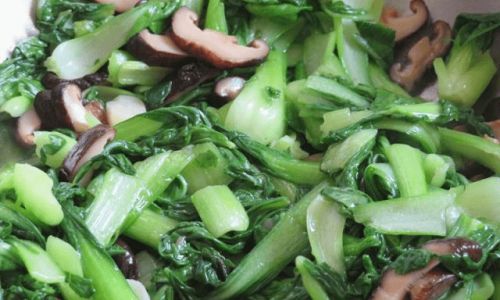
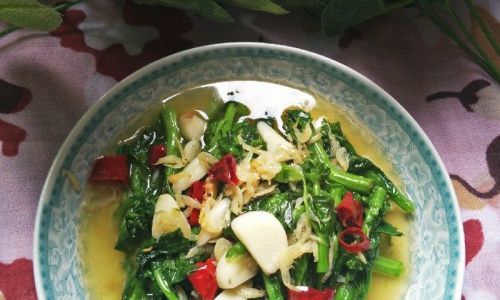
0 comments